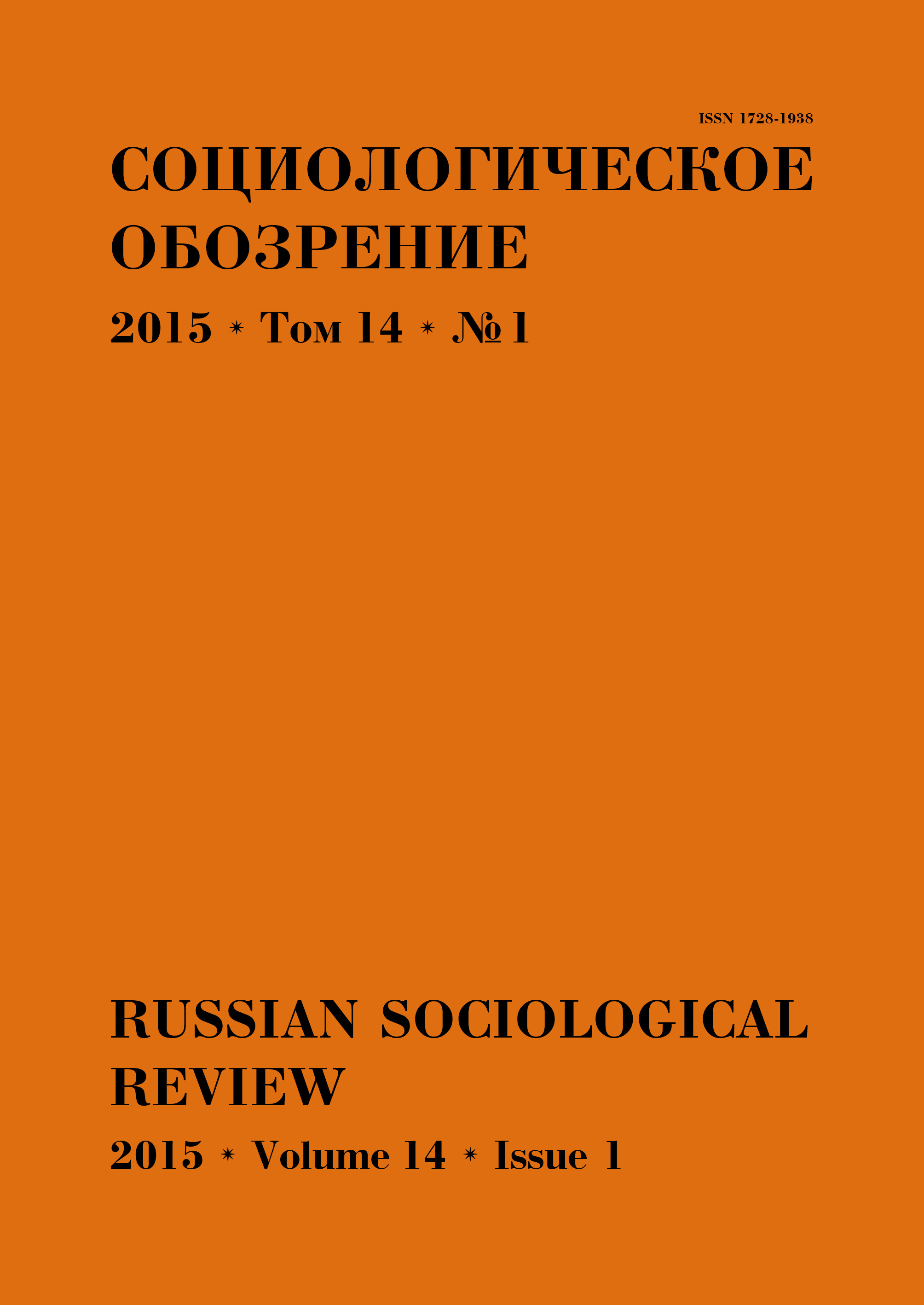Police and Public Funerals
Abstract
Durkheim and his followers alerted us to the role of collective representations such as funerals, processions and parades in pre-literate societies. These classic studies, elegant and detailed, have stood the test of time. Goffman has asked whether these events, along with memory and tradition, produce social solidarity in the twenty-first century. Perhaps social solidarity is enacted by such events, rather than reflecting norms, values, and beliefs. If so, how is this new kind of solidarity accomplished over the course of these events? We have few close studies of these modern public events, other than Warner’s classic, the Living and the Dead (1959), and Bellah’s ideas, via Rousseau, of the role of “civic religion.” These ideas are inadequately articulated, given an ethnographic warrant to link structure and function. This paper begins with a description of a funeral of a police officer in 1974 (Manning, 1977), compares this with a police funeral in 2011, and addresses two questions: how are they different? And what do these collective representations tell us about modernity? Are police funerals different from others in the public sphere (not those honored who served in the fire service or the military)? The paper uses a semiotic analysis of funerals, police and public, as a window into the features of modern celebrations and processions. Given the relevant codes used to analyze the processions, the differences are salient. The contrast between these processions and their role in social integration in modernity raises the need for future research.




